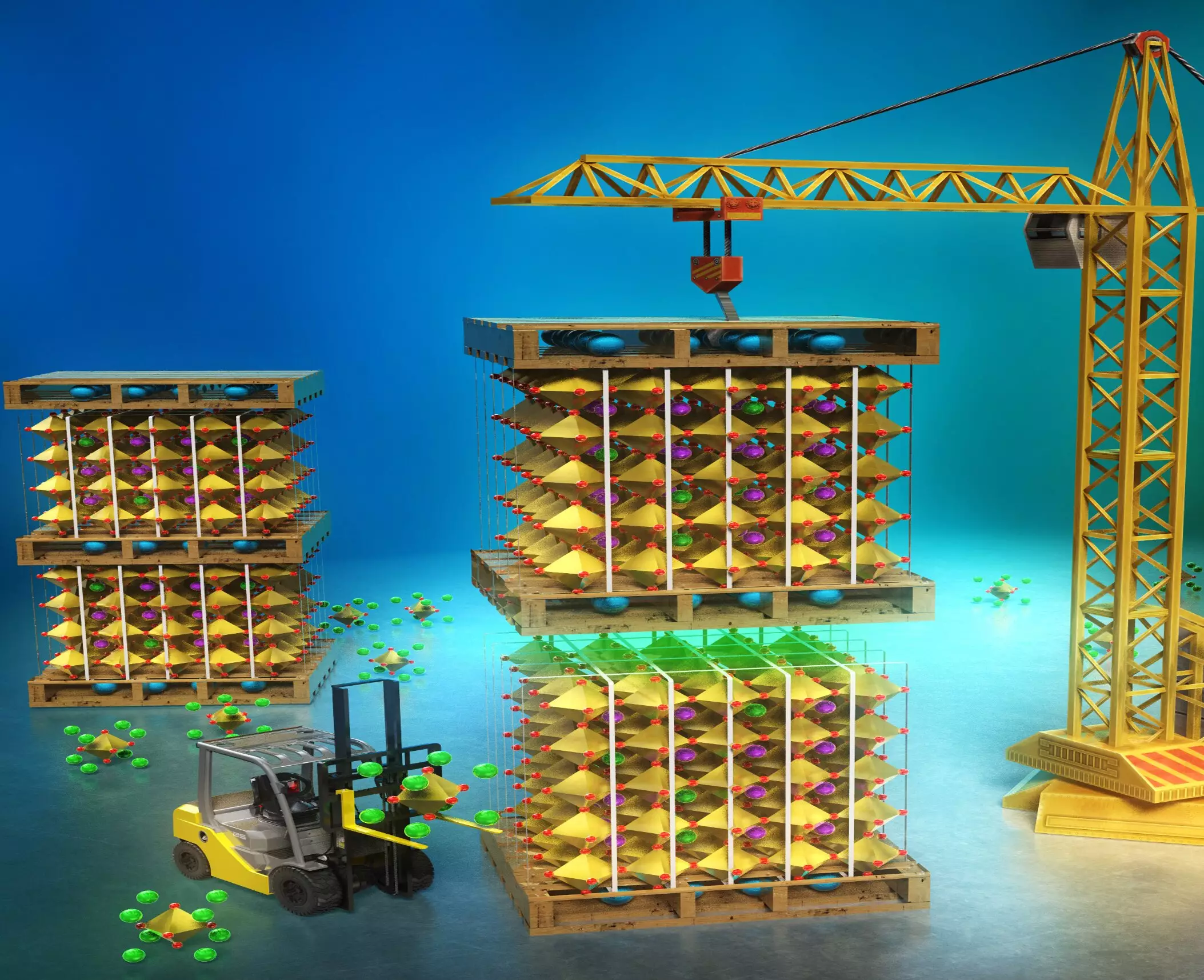Perovskites have emerged as a vital class of materials with significant implications in modern electronics, characterized by their unique crystal structures typically comprising calcium titanium oxides. This category of materials is especially coveted for its ferroelectric properties, which allow for reversible control of electric polarization via external electric fields. Such properties offer crucial advantages for developing various electronic devices, including memory systems, capacitors, actuators, and sensors. As the technological landscape evolves, perovskite materials, particularly Dion-Jacobson (DJ)-type layered variants, are becoming increasingly important in the quest to enhance device efficacy while minimizing environmental repercussions.
The ferroelectric nature of perovskites is derived from the dynamic displacements of positive and negative ions within the structure when subjected to external electric fields. The resultant tilting and rotation of octahedral units — stemming from size mismatches among ions — contribute to a loss of symmetry in the material, thus enhancing ferroelectric behavior. This behavior is essential for applications requiring precise control of electrical states. Researchers are particularly interested in layering-perovskite structures, which due to their asymmetrical characteristics, are able to exhibit varied ferroelectric properties based on their composition.
A research team from Nagoya University, led by Minoru Osada from the Institute of Materials and Systems for Sustainability (IMaSS), has made strides forward in the synthesis of multi-layered perovskites. Their innovative work demonstrates that the overall properties of the material can vastly change based on the number of layers, switching between different ferroelectric mechanisms—based on whether that number is odd or even. This finding not only emphasizes the complexity within layered perovskite structures but also highlights their potential for future electronic applications.
Conventional layered perovskites have often faced challenges concerning thermodynamic stability, particularly as the number of layers increases. To address this issue, the research team employed a novel template synthesis method. This approach allows for painstakingly layering perovskite structures one at a time, resembling a meticulous stacking of building blocks. Osada’s team began with a three-layer system and utilized a controlled reaction with SrTiO3 to add additional layers incrementally. This digital control over the number of layers paves the way for creating tailored structures to exploit specific ferroelectric properties.
The team’s experimental results were revealing and, at times, perplexing. As they synthesized four- and five-layered perovskites, observations indicated varying dielectric constants and Curie temperatures correlated with the number of layers. The realization that the layers distinctly affect the underlying ferroelectric mechanisms reveals a new understanding of how these structures can be optimized for applications. The distinct behaviors observed during testing suggest that the properties of these materials can be designed and manipulated in innovative ways, offering a significant expansion of the materials available for ferroelectric applications.
The implications of this research cannot be overstated. By harnessing the properties of layered perovskites, manufacturers could unlock new functionalities and operational efficiencies that were previously deemed difficult or impossible to achieve with existing materials. The versatility and adaptability presented by this new approach provide a promising outlook for future studies in ferroelectric materials, encouraging a wider search for innovative compositions and techniques.
The work conducted by the Nagoya University research team represents a pivotal advancement in the study of perovskites. As the field of electronics continues to evolve, the versatility of layered perovskites may play a significant role in the development of next-generation devices. By understanding and capitalizing on the unique mechanisms that arise from varying the number of layers, researchers are poised to open new avenues for exploration and enhancement in the realm of ferroelectric materials. This novel landscape of layered perovskites holds exciting potential, both for technological innovation and the ongoing quest for sustainable electronic solutions.


Leave a Reply